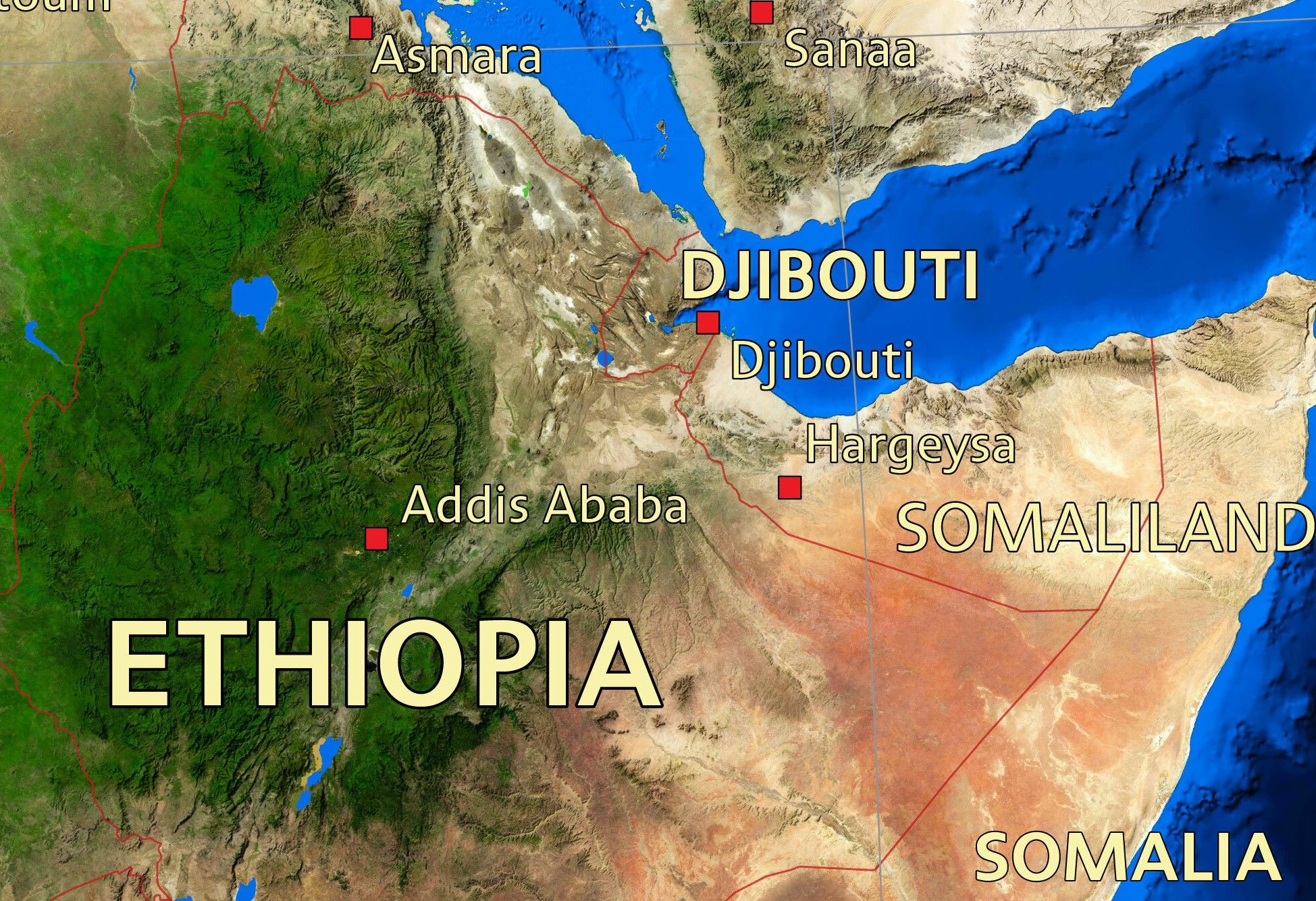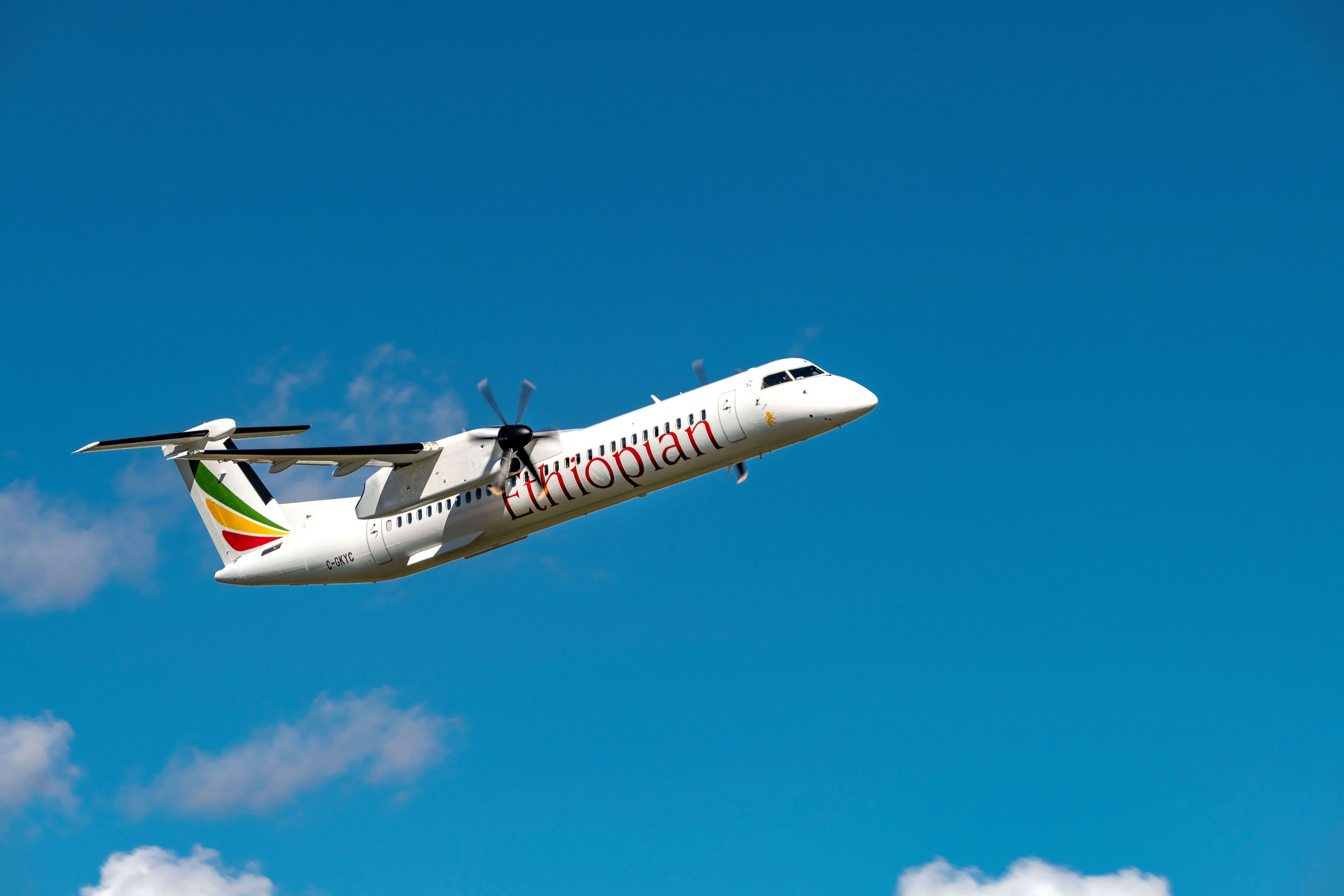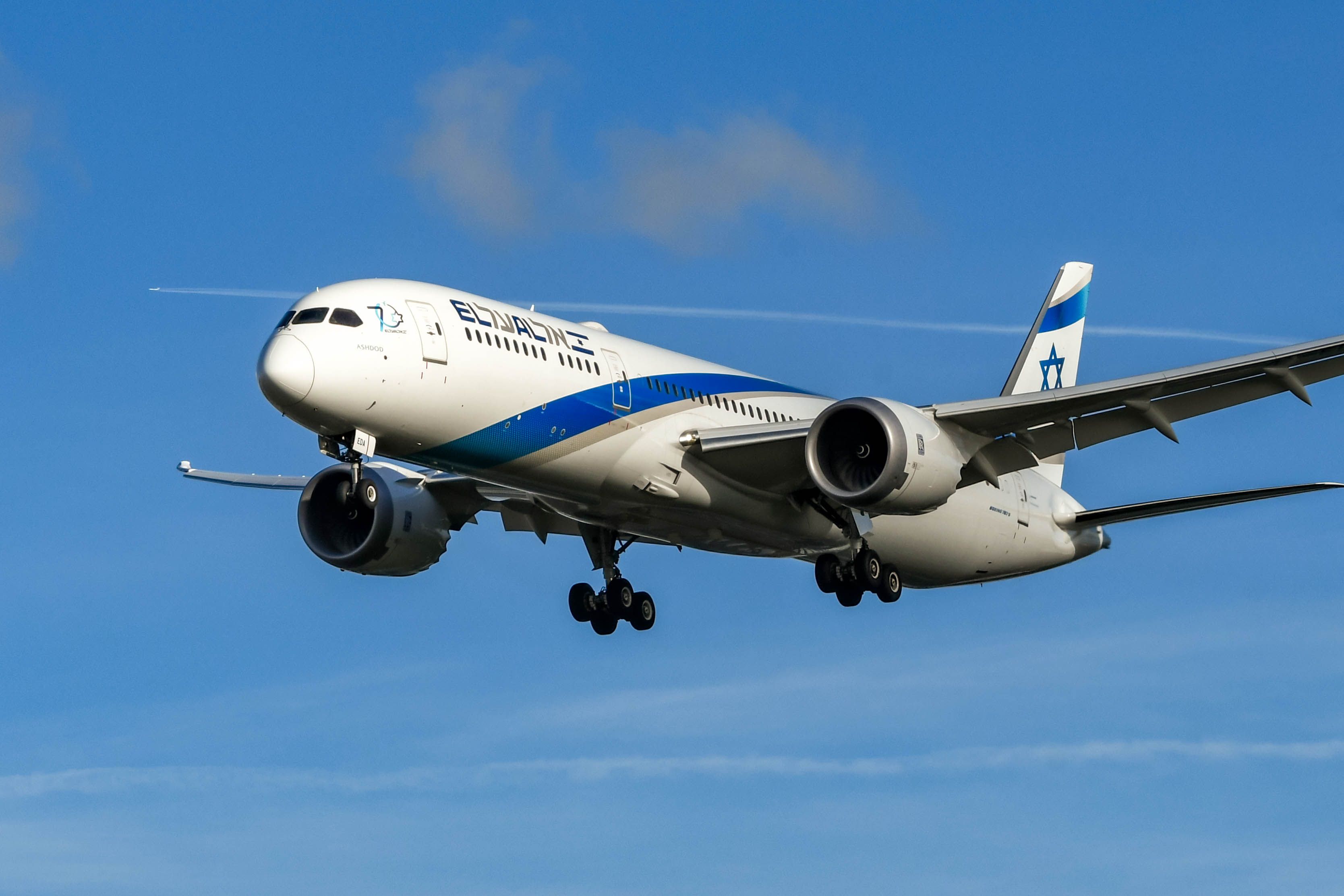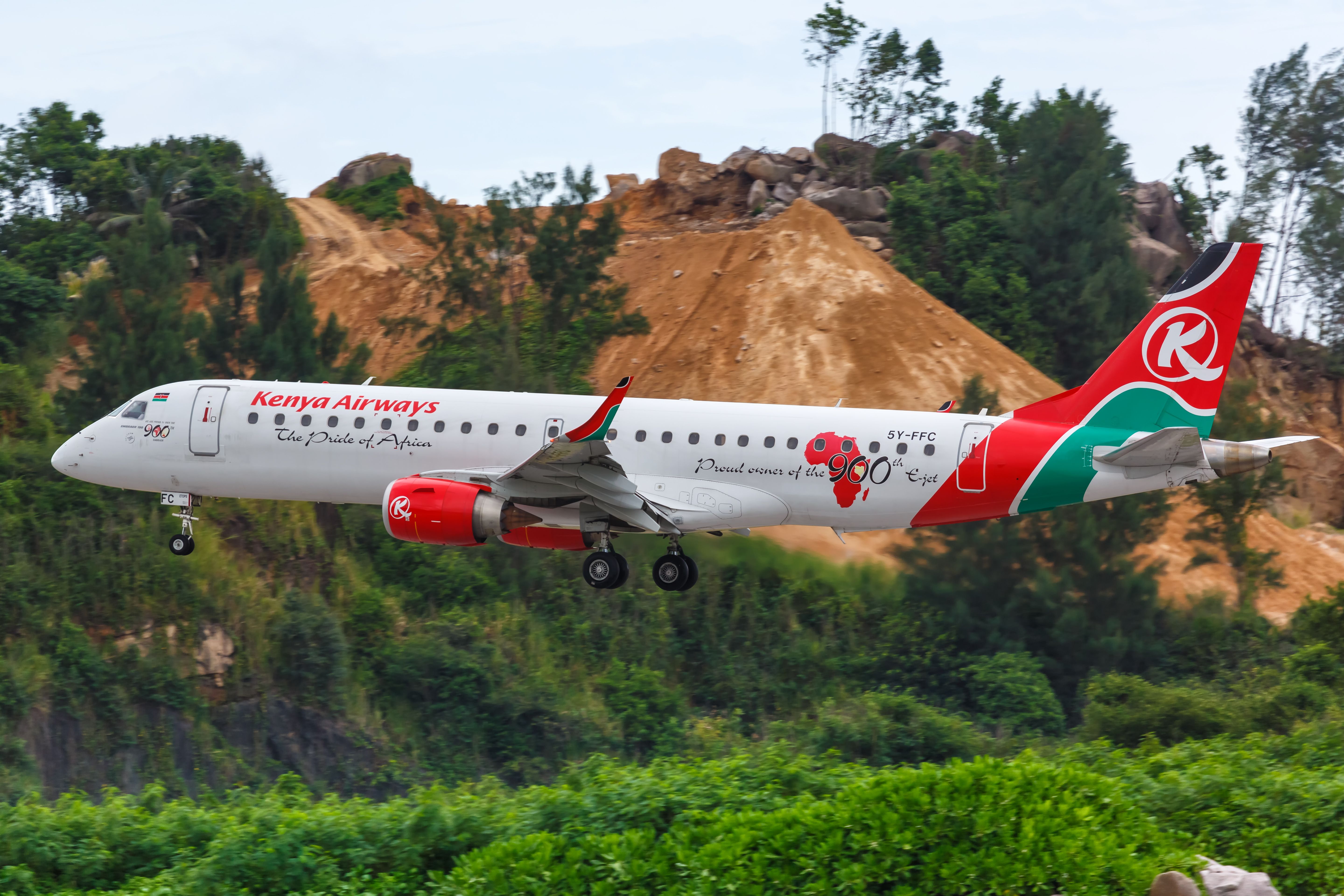summary
- Ever since the MoU was signed between Ethiopia and Somaliland, tensions between Somalia and Somaliland have increased, affecting air traffic control services.
- There have been reports of conflicting instructions to airlines over Somali airspace.
- Amid rising tensions, airlines are now rerouting flights to avoid Somali airspace to ensure passenger safety.
Since the beginning of this year, tensions between Somalia and Somaliland, an independent but not internationally recognized state, have been rising. Although the two regions have had relations for years, tensions have escalated since a memorandum of understanding was signed between Ethiopia and Somaliland on January 1.
The memorandum of understanding grants landlocked Ethiopia access to the Red Sea through the port of Berbera in exchange for recognizing Somaliland as an independent country and allowing it to invest in Ethiopian Airlines. Somalia, seeing this as an attack on its sovereignty, immediately rejected the deal, causing further tensions between the Horn of Africa countries. This was followed by an airspace dispute and several incidents, raising concerns about the safety of airlines in the region.
Who controls the airspace over Somalia?
Somalia’s unstable political situation has had a serious impact on the country’s aviation industry for many years. Somali Airlines, the former national carrier, was also hit hard by the civil war in the early 1990s. However, following improvements in certain areas, skies over Somalia were reclassified as “Class A” last year. This marks the restoration of air traffic control services in the country for the first time in 30 years. Somalia’s recent opening of its first maintenance, repair and overhaul (MRO) center in more than 30 years also highlights progress in the air transport sector.
Somalia opens first MRO facility in over 30 years
Somalia currently has facilities to repair and inspect aircraft locally.
The skies over Somalia and the surrounding ocean are controlled by the Mogadishu Regional Control Center of the Somali Civil Aviation Authority (SCAA). “This airspace, known as the Mogadishu Flight Information Area (FIR), and its governing authority are defined under the International Civil Aviation Organization (ICAO) Africa-Indian Ocean (AFI) Regional Air Navigation Plan, which recognizes Somalia as an administrative state. “and, by extension, the Somali Civil Aviation Authority.” A spokesperson for the International Air Transport Association (IATA) explained this to Simple Flying.
Somaliland, on the other hand, controls the airport but not the airspace above. Egal International Airport (HGA) is the state’s main airport serving the state capital, Hargeisa. Following the signing of the Ethiopia-Somaliland Memorandum of Understanding, Somali authorities began restricting flight operations in Somaliland in order to assert their authority over the country’s airspace.
Consequences of ongoing conflicts
On January 17, the SCAA blocked Ethiopian Airlines Dash 8 flight carrying an Ethiopian delegation from entering its airspace because it did not have an entry permit. The SCAA also reportedly blocked an air ambulance carrying Somaliland nationals. “I needed urgent help.” However, Somali authorities denied the last claim.
Photo: de Havilland Canada
In return, Somaliland asserted its independence over its territory and surrounding areas, issuing international aviation advisories and statements on its X (formerly Twitter) page. It seeks to control air traffic in the region from Hargeisa. There have been reports that airlines have received conflicting instructions while flying over the region, as both states claim the right to regulate traffic.
Crew receiving instructions for climbing and descending
Over the past month, airlines flying over Somalia have reported receiving conflicting instructions from various air traffic controllers. Last week, an Ethiopian Airlines (ET) Airbus A350 and a Qatar Airways (QR) Boeing 787 narrowly avoided a collision due to TCAS intervention. The Qatar Airways crew was mistakenly instructed by air traffic controllers in Mogadishu to climb from 38,000 feet to 40,000 feet while the ET plane was flying at an altitude of 38,000 feet, about 180 nautical miles from Hargeisa. Some experts have suggested that this may have been a mistake on the part of air traffic controllers.
strategy group It said it had received at least 10 reports of aircraft flying over Somalia. “With the same frequency, we are being contacted by ‘fake controllers’ issuing contradictory instructions.”horn observer Also, on February 14, the crew of a Qatar Airways A320 received conflicting instructions from air traffic controllers on a flight from Doha to Mogadishu via Djibouti.
Photo: Ceri Breeze | Shutterstock
The crew of El Al Flight 787, which was flying from Phuket to Tel Aviv on February 18, reported experiencing communications problems while flying over Somalia. It is believed that a hostile group attempted to hijack the aircraft’s radio equipment. El Al explained: “The disturbance was not aimed at El Al aircraft and this is not a security incident.” It is not entirely clear whether this is also the result of a conflict between the rulers of Mogadishu and Hargeisa.
Somali authorities have issued a Notice to Airmen (NOTAM) warning of illegal VHF interference in the skies over Somaliland (150 nautical miles radius of Hargeisa). Flights in the area should not expect altitude adjustments unless instructed to do so by authorities in Mogadishu, it said. This was followed by a statement on February 19 accusing Somaliland of causing the chaos. “A line used by planes over part of the airspace in the northern region of Somalia.” added “If these aggressive measures continue.” The Somali government will have to “We will take strong measures to ensure the safety and security of Somali civil aviation.”
Mysterious death of an air traffic controller
One of the most important developments in the conflict was the death of Abdinassir Muse Abdirahman, a Somaliland-born air traffic controller who worked for the Somali Civil Aviation Authority. He was found dead in his Mogadishu apartment on February 18, and his body showed signs of strangulation and severe torture. The six suspects were immediately detained by Somali police.
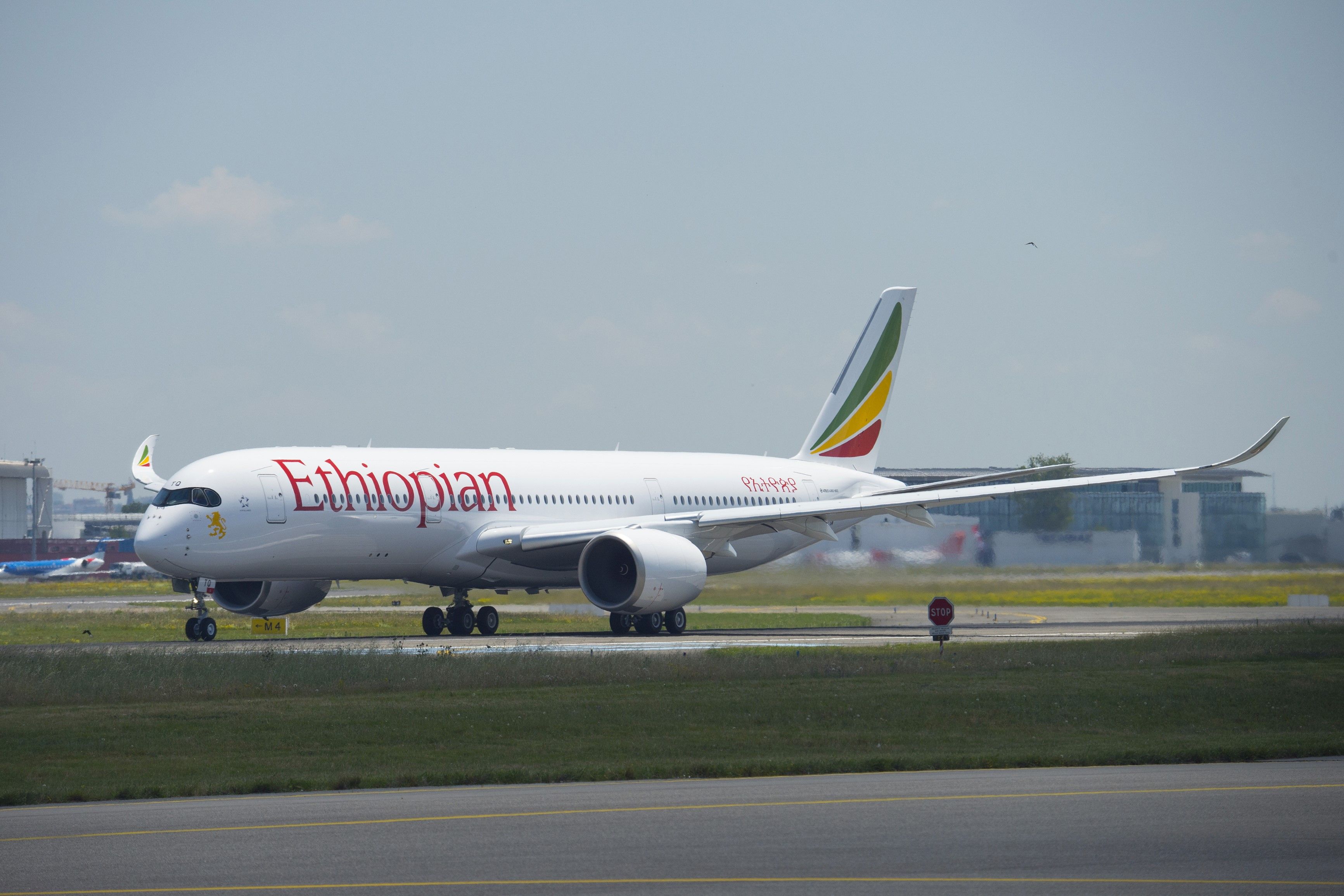
What’s on Africa Airlines’ Christmas list for 2023?
African airlines expect many changes to occur in the industry.
While investigations are ongoing in both states, the Somaliland Civil Aviation and Airports Authority (SCAAA) in a February 20 statement said:Conspiracy to murder AHN Abdinassir Mousse Dahaleh and illegal detention of his friend to cover up the involvement of government agencies. ”
Fate of operations over Somali airspace
The East African region is one of the busiest regions on the African continent. The region is also home to some of Africa’s most prominent airlines, including Ethiopian Airlines and Kenya Airways. Some of the busiest air routes between the African subcontinent south of Ethiopia and destinations in the Middle East and Indian subcontinent pass through Somali airspace. The same applies to flights between Western Europe and the Indian subcontinent and islands of the Indian Ocean.
Photo: Markus Mainka I Shutterstock
As stated by an IATA spokesperson, no airline will be operating “Dangerous airspace.” The risks of flying over Somalia have been assessed and mitigation measures taken by air navigation service providers and operators. Yesterday, Ethiopian Airlines announced it would change some routes to avoid Somali airspace. The airline will now fly over Djibouti, affecting some flights to Asia and the Middle East. However, it has maintained its schedule to Mogadishu and Hargeisa.
For airlines still flying over the country, we are reminding flight crews to be aware of the environment and to use additional methods such as Controller Pilot Data Link Communications (CPDLC) and Controller Pilot Data Link Communications (CPDLC). It is advised to follow the NOTAM instructions issued by the Mogadishu authorities advising to contact the Mogadishu Regional Control Center. Satellite Communications (SATCOM), especially in areas within a 150 NM radius of Hargeisa.
Zimbabwean presidential plane returns to Harare after bomb threat at Victoria Falls Airport
Zimbabwean authorities are on high alert following a bomb threat in the tourist city.
Somalia’s aviation authorities escalated the matter to the Prime Minister’s Office for action at the political level. IATA is actively working as an emergency coordination team with the SCAA, ICAO and neighboring aviation authorities to ensure airlines continue to operate safely within the region.
What do you think about the situation happening in Somalia? Let us know in the comments.

